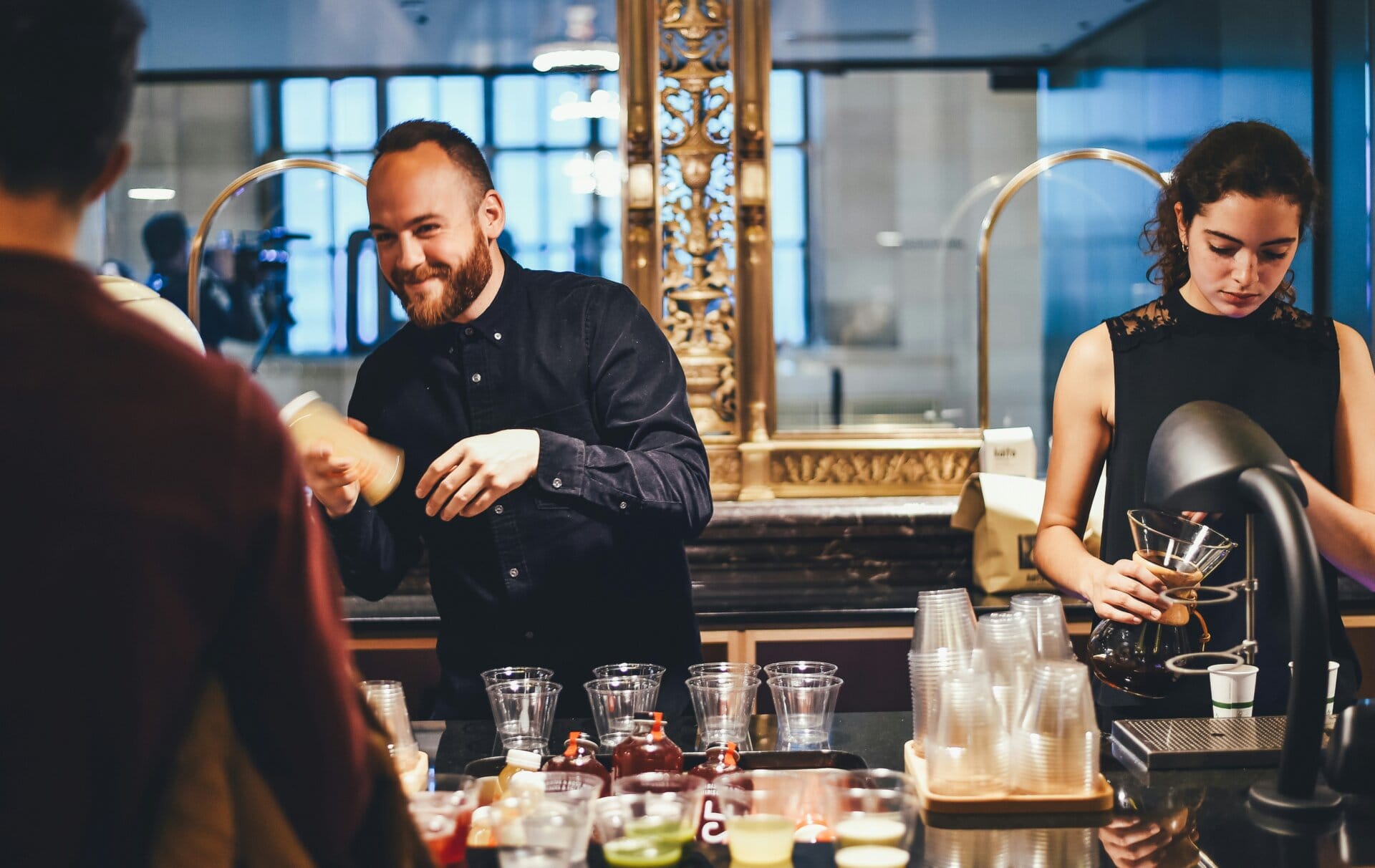An Overview of Trends and Preferences Across Different Countries
Europe is a continent rich in history, culture, and traditions, and these elements are clearly reflected in the world of alcoholic beverages. When analyzing the European market, it’s essential to bear in mind that each country—even within the same region—can exhibit different habits, preferences, and regulations. Understanding this diversity is crucial for brands looking to enter or strengthen their presence in the Old Continent. Below, we explore some of the most notable examples of country-level segmentation.
1. Eastern Europe: The Realm of White Spirits
One of the most striking features in Central and Eastern Europe (countries such as Poland, Czech Republic, or Ukraine) is the strong preference for white spirits, especially vodka. This spirit is deeply embedded in the region’s festive and culinary culture, consumed both at social gatherings and family celebrations or traditional events.
- Reasons for its popularity:
- History and tradition: Vodka has been produced and consumed in these territories for centuries.
- Cold climate: Higher-alcohol beverages tend to be more popular, not only due to custom but also as part of a culture of hospitality and conviviality.
- Variety of local brands: Consumers value heritage and artisanal production processes.
- History and tradition: Vodka has been produced and consumed in these territories for centuries.
For brands seeking to enter this region, it’s critical to recognize that competition is intense. Strategies can focus on emphasizing quality, origin, and product purity, as well as offering premium or uniquely flavored options that add an innovative twist.
2. The United Kingdom: The Rise of Cocktails and Mixology
The United Kingdom has become one of the epicenters of cocktail culture in Europe. Cities like London, Manchester, and Edinburgh feature an extensive range of bars and globally renowned mixologists, sparking a growing public interest in discovering new flavor combinations and spirits.
- Key trends:
- Craft gin: The “gin boom” started a few years ago and continues strong, fueling the rise of small distilleries with creative and original offerings.
- Signature cocktails: British bartenders are constantly experimenting, using local ingredients and cutting-edge techniques.
- Diversification of spirits: Not just gin; there’s also a growing interest in tequila, mezcal, and other exotic liqueurs.
- Craft gin: The “gin boom” started a few years ago and continues strong, fueling the rise of small distilleries with creative and original offerings.
For brands, entering the UK market can be boosted by partnering with renowned bartenders or participating in mixology events. Positioning products as part of the cocktail culture—offering recipes, stories, and demonstrations—appeals strongly to British consumers.
3. Germany: Growing Interest in Craft Spirits
Germany is internationally known for its beer, yet over recent years there’s been a marked growth in interest for craft spirits, especially agave-based spirits, reflecting the global trend toward “premiumization” and the quest for authenticity.
- Key drivers of this trend:
- Micro-distilleries and regional products: A growing number of small producers highlight the quality of their raw materials and care in each batch.
- Tequila and Mezcal: These two categories have seen significant growth, featuring local ingredients or terroir variations.
- A discerning and curious consumer: German consumers appreciate detailed information about production processes, ingredient origins, and product sustainability.
- Micro-distilleries and regional products: A growing number of small producers highlight the quality of their raw materials and care in each batch.
For international brands, transparency and a compelling story are fundamental. Showcasing the steps in production, the type of agave (for tequila and mezcal), the barrel, or the production process, as well as highlighting any quality certifications, or expert recommendations, can make all the difference when winning over the German consumer.
4. Additional Examples of Diversity in Europe
- Mediterranean countries (Spain, Italy, France): Traditionally dominated by wine, they are now showing more openness to premium spirits and modern cocktails.
- Nordic countries (Sweden, Norway, Finland): Stricter regulations and high alcohol taxes affect final prices and the types of products consumers seek (they tend to consume at home or on specific occasions).
- Central Europe (Austria, Switzerland): Strong culture of local distillates (e.g., schnapps), yet also aligned with the global trend toward artisanal and high-quality agave-based beverages.
5. Conclusions and Recommendations
- Understand local culture: Before entering a new European market, thoroughly research the country’s cultural and gastronomic context, as well as its consumer preferences.
- Comply with regulations: Each country has specific rules on labeling, taxes, and distribution of alcoholic beverages. Be sure to follow them to avoid penalties and delays.
- Focus on differentiation: Highlight the brand’s origins, history, or production process to stand out in an increasingly competitive market.
- Form strategic partnerships: Collaborate with local distributors, renowned bars, and mixologists to gain visibility and credibility.
- Maintain consistency and flexibility: Present a unified brand image throughout Europe, but tailor marketing and communication strategies to each country’s specific nuances.
When it comes to country-by-country segmentation in Europe, it’s really a mosaic of diverse cultural, historical, and culinary influences. For beverage brands, this scenario presents immense opportunities but also demands a strategic and customized approach. With thorough research and a clear understanding of each market, the potential for success on the continent is vast.



Responses